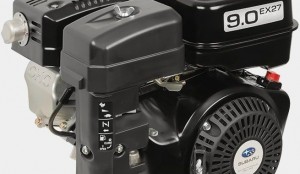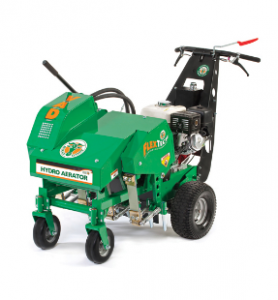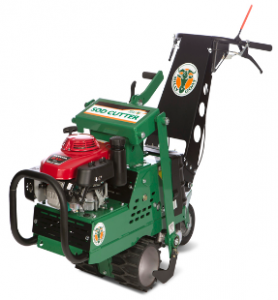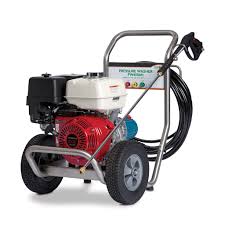There’s more to pressure washing a swimming pool than spraying it down. Some surfaces can be damaged by the force of the water jet, and added complications arise from algae growth. These tips will help you use your Billy Goat pressure washer to get a clean, growth-free surface.
Is it Safe to Clean My Pool with a Pressure Washer?
The pool needs to be made of material that’s strong enough to withstand the force of the water jet. Plaster, gray concrete, stained concrete and exposed aggregate concrete pools can be cleaned this way, but the surface of vinyl and fiberglass pools can be damaged by your pressure washer.
Preparing the Pool for Pressure Washing
There are a few things you need to do to your pool beforehand to get the best results. Start by draining the pool and letting the surface dry out. Any surface water will be in the way of the blast from the nozzle, reducing its cleaning power. Sweep up any leaves, twigs and other debris that have collected in the pool. Finally, cover all electrical components including pumps, heaters, lights and speakers to keep water from seeping into the wiring.
Cleaning
Start with straight water, working from the tops of the walls down to the floor of the pool. It may be easier to work in sections so you can keep track of what you’ve cleaned. In most cases, the 25 degree (green) tip has enough power to strip off dirt without damaging the surface, while the 15 degree (yellow) tip can be used for stubborn areas.
With the surface dirt removed, switch to a general purpose pressure washer detergent. Work from the bottom up to prevent streaks. Let the soap soak in for the dwell time specified on the label, typically 5 to 10 minutes.
Use a low pressure nozzle to rinse off the detergent, working from the top of the walls down to the floor, pushing the residue toward the drain.
Dealing with Algae
Algae isn’t just unsightly: it creates a slick surface that can cause accidents. Your pressure washer can peel off layers of growth, but even with thorough cleaning, the pool surface will remain stained. To get rid of these spots, switch to a detergent formulated specifically for algae removal.
To prevent algae growth, the surface of the pool needs to be cleaned with bleach. Never run bleach through your pressure washer’s soap system: this chemical can corrode metal components and destroy rubber seals. Instead, apply a mix of one part bleach to four parts water by hand to the surface of the pool. Be sure to scrub areas that have high levels of algae contamination. After 10 minutes, the bleach solution can be rinsed off using a light spray from your pressure washer. This process should kill off any remaining spores, no matter what type of algae was growing in your pool.
Get Everything You Need for Your Billy Goat Straight from Your Browser
www.billygoatparts.com is more than a parts warehouse: we’re a certified dealer for Billy Goat and their suppliers including CAT Pumps, AR, Honda and Briggs & Stratton. That means we can ship the OEM parts you need to maintain your pressure washer to any address in the U.S. or Canada. Finding the right part is easy, too: our site can show you parts diagrams and factory descriptions for your model so you can see exactly what you’re ordering.









